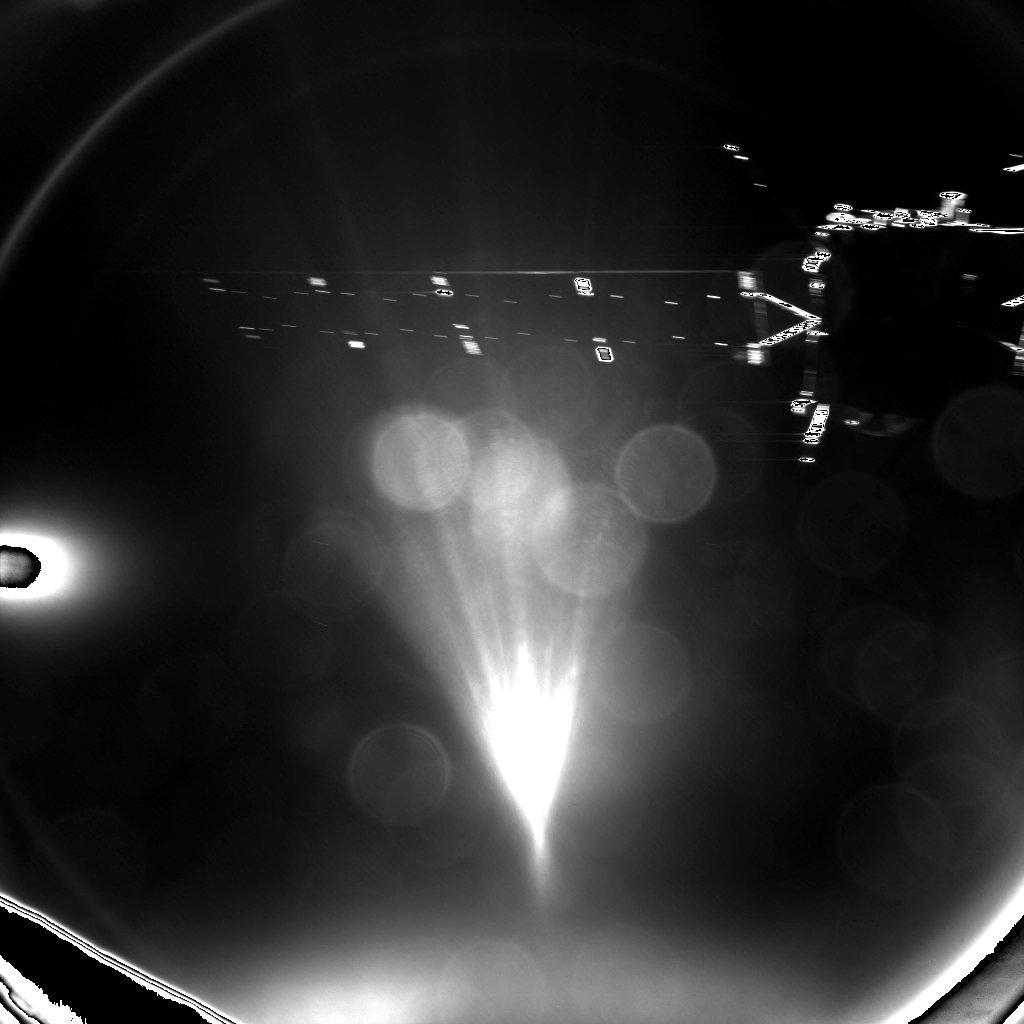boogabooga
Bug Crusher
- Joined
- Apr 16, 2011
- Messages
- 2,999
- Reaction score
- 1
- Points
- 0
How much do we know about comet surfaces ahead of time?
This whole harpoon thing seems a bit risky. What are the odds that the surface is hard as a rock (or inches of ice) and the harpoon bounces right off? Or the opposite, the surface is covered in feet of icy loose dust and the harpoon can't grab a hold on anything solid?
It would seem to me that the Hayabusa method of just maneuvering down to the surface would seem better, at least when all of your reaction wheels are working.
---------- Post added Nov 12th, 2014 at 01:33 AM ---------- Previous post was Nov 11th, 2014 at 06:52 PM ----------
Live coverage has started!
This whole harpoon thing seems a bit risky. What are the odds that the surface is hard as a rock (or inches of ice) and the harpoon bounces right off? Or the opposite, the surface is covered in feet of icy loose dust and the harpoon can't grab a hold on anything solid?
It would seem to me that the Hayabusa method of just maneuvering down to the surface would seem better, at least when all of your reaction wheels are working.
---------- Post added Nov 12th, 2014 at 01:33 AM ---------- Previous post was Nov 11th, 2014 at 06:52 PM ----------
Live coverage has started!



